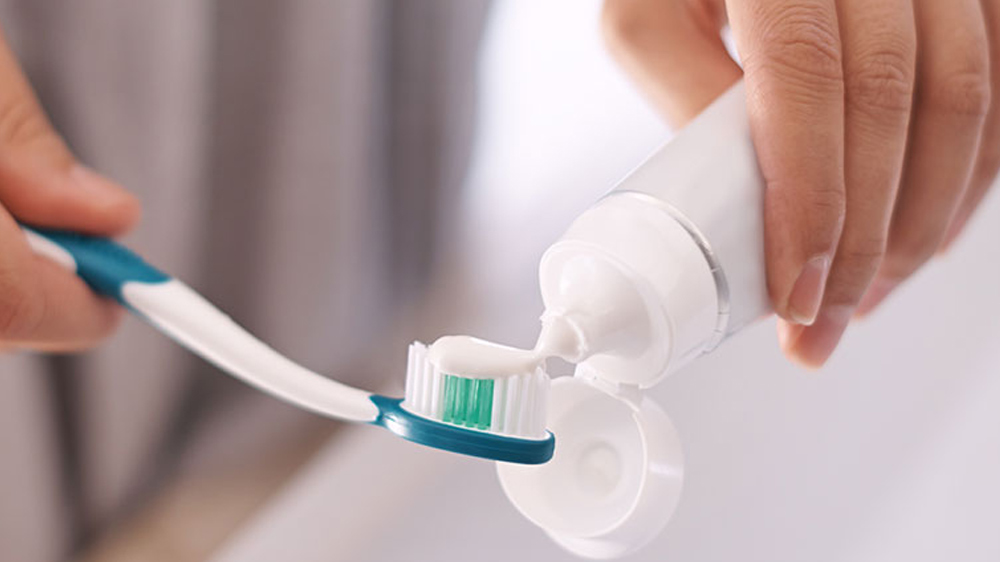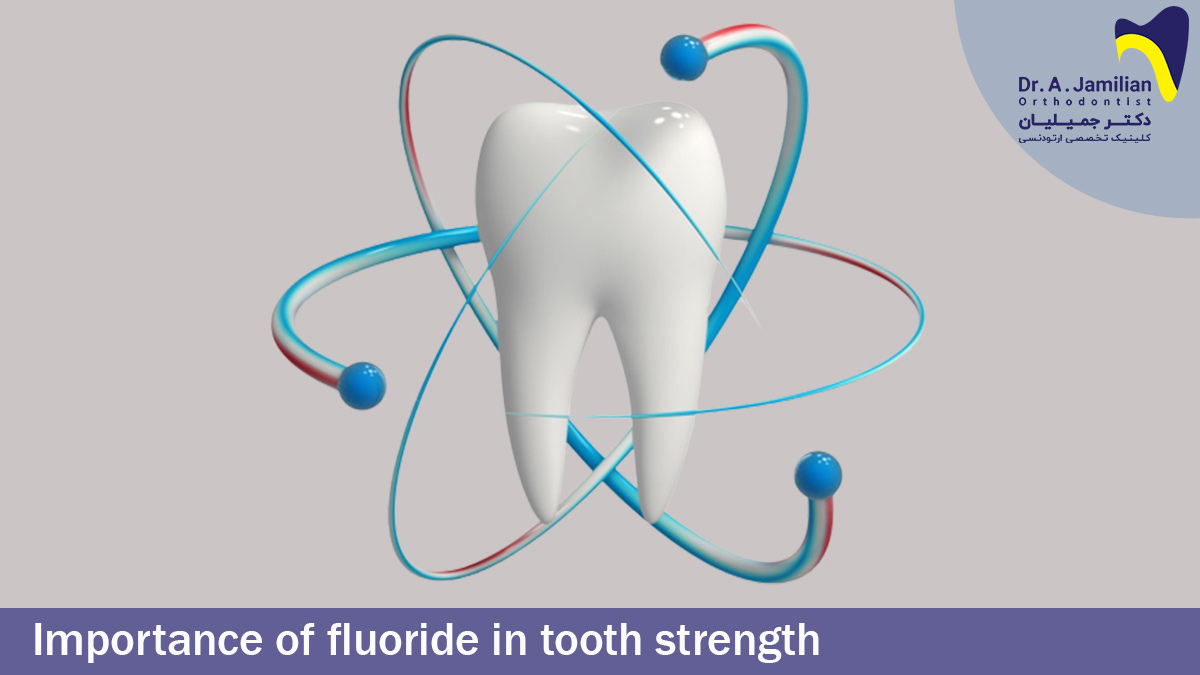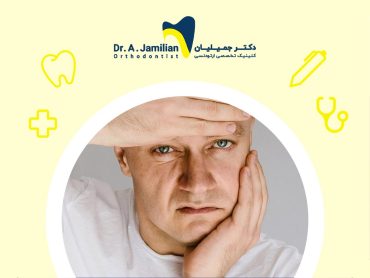Fluoride, both as an edible and a local, affects tooth strength. Commonly, most people consume edible fluoride from food items such as fruit. However, consuming these from water, food and fruits absorbs the fluoridated salt in the person’s body.
The local effects of fluoride are applied to the teeth through fluoride toothpastes, mouthwashes, and chewing gums, etc.
Fluoride is able to help the tooth enamel structure during the crown’s formation by replacing the crystals in the tooth enamel structure. Fluoride stops the process of tooth decay in its initial stages, drinking fluoridated water (municipal water supply fluoride) decreases permanent tooth decay by near 50 to 60%, and milk tooth decay by between 40 to 50%.
If your residential area has low fluoride in water, the most effective method of preventing tooth decay in your children is to use fluoride 6 months after birth until 12 to 14 years of age, which then your dentist would prescribe it to your child.

Fluoride remains effective for a lifetime
Did you know that fluoride remains effective for a lifetime after use and after one stops using it?
If the region’s water fluoride has over 0.6% PPM, (fluoride measuring unit, parts per million) of fluoride, there is absolutely no need for supplementary fluoride edibles (the ideal water has around 1 PPM of fluoride).
The costs of adding fluoride to water are high, and hence, adding fluoride to iodized salt is chosen, which is also on the agenda in Iran. This method may reduce 40 to 70% of decay. It’s noteworthy, however, that the use of fluoridated iodized salt should not serve to encourage excessive salt use due to its harmfulness. Fluoride edibles should not be prescribed until 6 months from birth, no matter how low the level of fluoride in the residential area’s water supply is.
Pay attention to your residential water’s fluoride level and consume fluoride edibles under your dentist’s supervision. Research shows that an increase in dental fluoride increases the chance of peritonitis (advanced peritonitis), including those living in regions with high fluoride. People living will have a higher chance of suffering from this disease.
Side effects of fluoride
Although fluoride strengthens teeth, if the water fluoride in your residential area or fluoride consumption is excessive, it will not only not strengthen the teeth; but weaken them and severely change teeth color from yellow to brown, known as fluorosis.
The American Academy of Pediatrics suggests that children don’t need fluoride in their first 6 months, after which the water given to children should have at least 0.3 PPM fluoride. Therefore, using boiled or distilled water that doesn’t contain fluoride is not recommended for children above 6 months of age.
What are the fluoride-containing substances?
In addition to having water, tea, apples, eggs, kidneys, fishes, and shrimp, some edible mushrooms as well as bananas and figs have fluoride.
Tea contains fluoride and one cup of tea has 1 to 3 mg of fluoride. In regions where the water fluoride is high and causes fluorosis, the water can be boiled to make tea in steel pots to reduce its fluoride level.
Sources of fluoride: Fluoride toothpaste, fluoride supplements, food processed with fluoridated water, and fluoride mouthwash.
Fluoride mouthwashes are prescribed to those who are at risk of tooth decay or have multiple decays or fillings in the mouth. The dentist often diagnoses the patient’s condition to decide whether the patient should use mouthwash or not.

Fluoride mouthwash is not recommended for pre-school age children. This is because most children can’t prevent swallowing this solution at this age, which could cause fluorosis. Hence, fluoride mouthwash has been banned for children under 6. Research has shown that fluoride mouthwash is more effective in 10 to 12-year-olds than others.
In the mixed dentition stage (6 to 13 years of age) that includes both milk and permanent teeth, the teeth are in a particular condition and the fluoride is the most effective. In adults, fluoride mouthwashes and gels are effective against decay on the cemento-enamel junction of teeth (contact edges with gums).
Using fluoride mouthwash daily or weekly reduces tooth decay by 60%. Fluoride mouthwash should contain a 0.05% concentration for daily use, and 0.2% for weekly use. To use the fluoride mouthwash, the mouth should be rinsed each time with 5 cc of mouthwash for around one minute and then, be spit out. It’s better to brush and floss teeth before using the mouthwash. Also, avoid eating for at least half an hour after using the mouthwash for it to be more effective. The best time for using fluoride mouthwash is just before sleep, so that the fluoride has the longest contact with the teeth.
When using fluoride mouthwash especially in children, one should remember that the mouthwash should be spitted out and not swallowed, because if the region has high water fluoride and fluoride is swallowed, it will cause fluorosis in permanent teeth for children under 6. Therefore, the mouthwash should be used under the supervision of parents, especially in children under 6.
The fluoride or fluoride toothpastes that have had one-year passes since their production, lose their fluoride properties (the important points regarding fluoride toothpastes are given in the toothpaste section).
Although tooth decay is affected by various factors, in general, if a person brushes their teeth twice a day with a fluoride toothpaste and doesn’t excessively use decaying sugar; there is a low risk of decay. Thus, they do not need to use mouthwash.
For children with widespread tooth decay, the dentist carries out a method called Local Fluoride Therapy. It’s combined with fluoride gel each week in the clinic for a 1 to 1.5-month period, which is then repeated once every three months. These gels have a high fluoride concentration and are applied by the dentist. This therapy is recommended for children starting at 3.
There are also non-sugary gums on the market that contain fluoride. In regions where the water fluoride is low, fluoride is often added to the drinking water, salt, milk and sugar. If your region’s water fluoride is low and you don’t use fluoridated foods, you can use these chewing gums. When you chew these gums, the fluoride in the gum is released, lands on the tooth enamel, and strengthens it by getting absorbed into the tooth structure. Non-sugary gums could not only be sweet, but even sweeter than normal gums. This is due to artificial sweetener additives, including Isomalt, Sorbitol, Xylitol, and Erythritol, which are known as non-fermentable sugars. Such gums don’t cause tooth decay.



